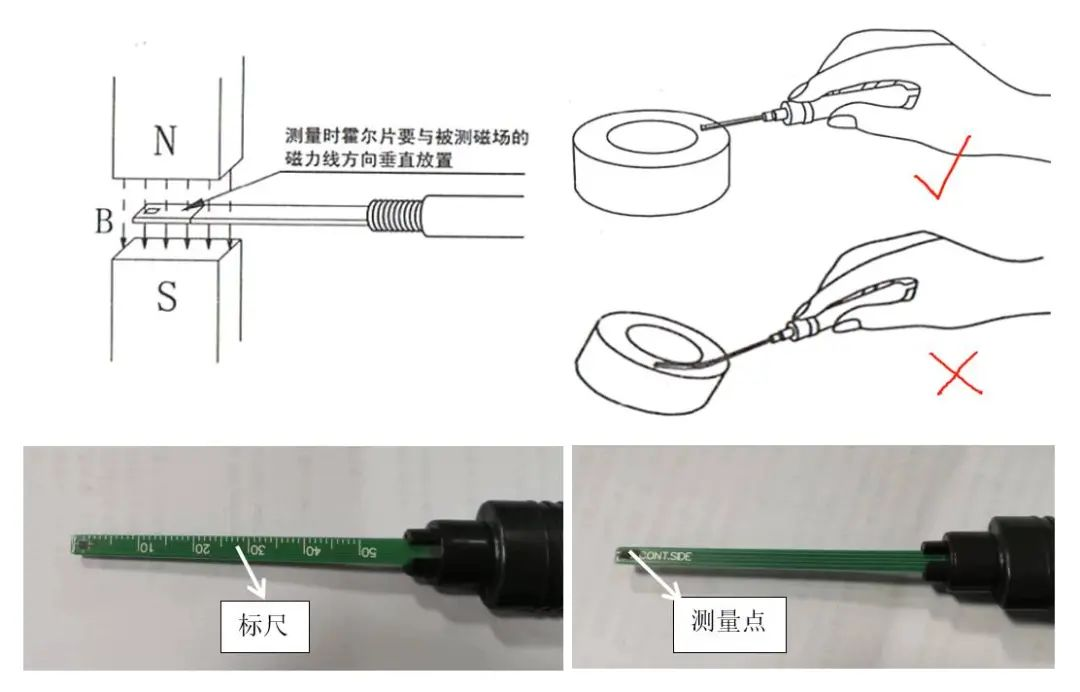How to measure surface magnetic force using a Gauss Meter
The working principle of the Gauss meter is mainly based on the application of the Hall effect: when a current-carrying conductor is placed in a magnetic field, due to the Lorentz force, a transverse potential difference appears in a direction perpendicular to the magnetic force. field and current. A gaussmeter is an instrument for measuring magnetic fields based on the principle of the Hall effect. Hall probes generate a Hall voltage due to the Hall effect in a magnetic field. The measuring instrument converts the magnetic field strength value based on the Hall voltage and the known Hall coefficient.
Precautions for the use of Gauss meter:
1. When using a gauss meter to measure the surface magnetic force, the probe should not be excessively bent. The Hall chip at the end should generally be in slight contact with the surface of the magnet. On the one hand, it is to ensure that the measurement point is fixed, and on the other hand, it is to ensure that the probe is closely attached to the measurement surface. , and should be flush with the measuring surface, but do not press hard.
2. Both sides of the Hall chip can be sensed, but the value and polarity are different. The scale surface is used for convenient measurement and cannot be used as a measurement surface. The unscaled surface is the measurement surface.

3.The gaussmeter measures the magnetic field strength Bz of the default vertical measurement plane. The figure below is a simulation diagram of a common Z-axis magnetized magnet. It can be seen that the magnetic field is a vector, and the magnetic field strength of the Z axis can be regarded as Bz=. Since the magnetic circuit path at the corner is the shortest, the magnetic force lines at the corner will be denser, and the magnetic field strength B is stronger than the center, but Bz is not necessarily stronger than the center, but this is only the area limit of the Hall chip measurement. The magnetic field strength is stronger than the center, at least not lower than the center magnetic field.
